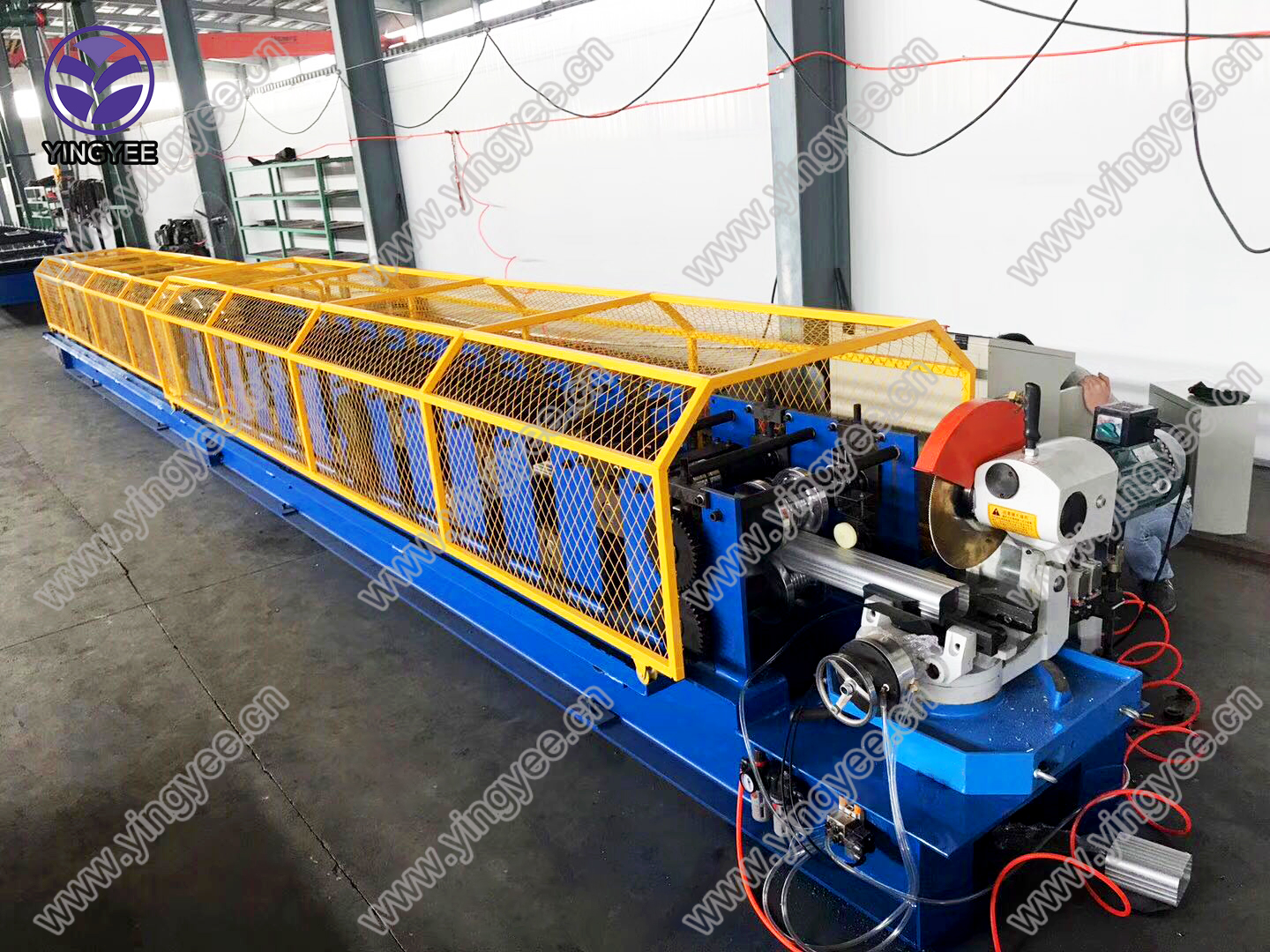
Understanding Rain Gutter Roll Forming Machines
Rain gutters play a crucial role in protecting buildings from water damage by directing rainwater away from roofs and foundations. As the demand for efficient and durable gutter systems continues to grow, the need for advanced manufacturing technologies becomes increasingly important. One such technology is the rain gutter roll forming machine, which has revolutionized the production of seamless and precision-engineered rain gutters.
What is a Rain Gutter Roll Forming Machine?
A rain gutter roll forming machine is a specialized piece of equipment designed to create rain gutters from metal sheets. The process involves feeding a coil of metal—typically aluminum or galvanized steel—through a series of rollers that progressively shape the material into the desired gutter profile. This method allows for high-speed production and ensures a consistent thickness and quality across each gutter section.
Advantages of Using Roll Forming Technology
1. Efficiency One of the primary advantages of roll forming is its ability to produce large quantities of gutters in a relatively short amount of time. Since the process is continuous, manufacturers can achieve high output rates, which is essential for meeting demand in construction and renovation projects.
2. Precision and Consistency Roll forming machines are designed to operate with precision. The rollers are calibrated to maintain consistent dimensions, which ensures that each gutter fits perfectly with the others during installation. This precision reduces the likelihood of leaks and enhances the overall performance of the drainage system.
3. Material Versatility Rain gutter roll forming machines can work with various materials, including aluminum, steel, and copper. This versatility allows manufacturers to cater to different customer preferences and project requirements, from residential buildings to commercial structures.

4. Customization Modern roll forming machines can be easily adjusted to create various gutter profiles and sizes. This adaptability is particularly beneficial for contractors who need specific dimensions or designs to match existing architecture or personal preferences.
5. Reduced Waste The roll forming process is designed to minimize waste. The continuous feed of material means that almost all the coil is converted into finished products, with only minimal off-cuts. This efficiency not only reduces material costs but also lessens the environmental impact of the manufacturing process.
The Manufacturing Process
The manufacturing process begins with the selection of the appropriate metal coil. Once the coil is fed into the machine, it passes through a series of rollers that bend it into the desired shape. The machine may also include additional features such as cutting systems to size the gutters, punching holes for drainage, and applying protective coatings.
After the gutters are formed, they undergo quality control checks to ensure they meet industry standards. This may involve testing for strength, durability, and resistance to corrosion. Once approved, the gutters are packaged and prepared for shipment to construction sites or retailers.
Conclusion
In conclusion, the rain gutter roll forming machine is an essential tool for modern construction and manufacturing industries. Its efficiency, precision, and adaptability make it the preferred choice for producing high-quality rain gutters. As the construction sector continues to evolve, the importance of such advanced machinery will only increase, contributing to the longevity and effectiveness of building infrastructures. With the right equipment, manufacturers can meet growing demands while ensuring that buildings are safeguarded against water damage, enhancing both the sustainability and functionality of architectural designs.